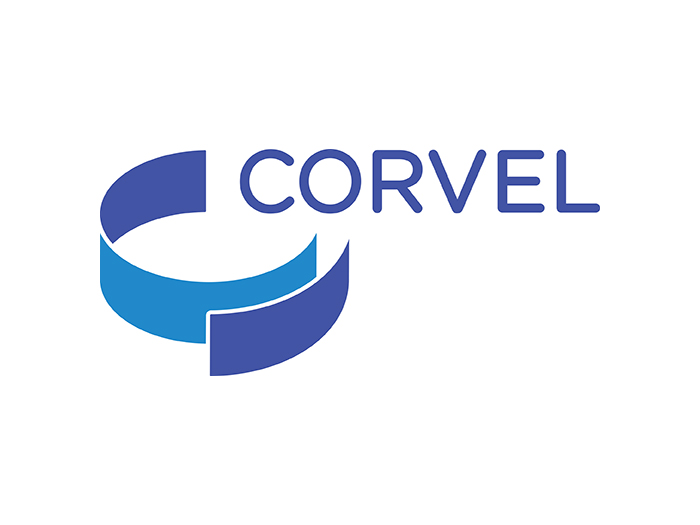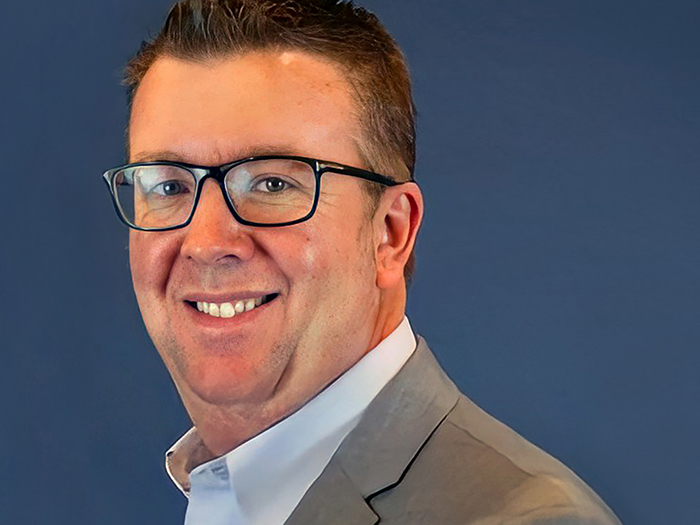Risk Insider: Nir Kossovsky
The Boardroom “Reign of Terror”
Last week, Target’s Gregg Steinhafel become one of the more than 461 CEOs to step down this calendar year, adding to a body count that is up 17 percent from the same period last year. This statistic from the global outplacement consultancy Challenger, Gray & Christmas, Inc. may be “interesting.” Unless you’re a CEO, in which case it is gut-wrenching.
Steinhafel was pushed onto his sword to atone for the security breach in November 2013, and the poor initial management of the emerging publicity crisis. Never mind that (i) the breach was due to a third-party component; (ii) other companies were similarly affected by the component; or (iii) that Steinhafel followed the proven formula for reputation restoration from an operational failure: acknowledge, apologize, and most important, repair the defect.
All to no avail for Steinhafel personally. The gestation period between event and execution was only 20 weeks.
Similarly, everyone knows that activist investors are encouraging four directors of Duke Energy to step down only 12 weeks after the company’s February coal ash disaster. How did accelerated human sacrifice become part of the ritual of appeasing the gods of crisis communications?
For four years, directors and officers have been telling the accounting and audit firm Eisner Amper that reputation risk was their No. 1 concern. They recognize that odds are great their company will experience an operational failure in the area of safety (like GM), security (like Target), sustainability (like Duke Energy), innovation (like AIG), ethics (like Novartis), or quality (like Tesco).
They also recognize that D&O liability insurance covers the litigation costs of stakeholder frustrations. However, as these matters move from the legal system to the court of public opinion, they are left to bear alone the personal reputation losses.
Not even fixing the underlying problem can provide any assurance. In November 2010, one of Rolls-Royce’s engines powering a super jumbo exploded. Oil leaks in other engines were discovered and all fleets powered by the engine were grounded. Rolls-Royce CEO John Rose stayed out of the media, angering those who know that public contrition must be offered quickly.
Instead, Sir John fixed the supply chain flaw that led to the problem, and three weeks into the media storm issued a short notice announcing success. A few weeks later in January 2011, British Airways vindicated Sir John by purchasing a new fleet of A380 super jumbo aircraft, all powered by Rolls-Royce.
The costs associated with grounded fleets decimated Rolls-Royce’s earnings, but the stock price nevertheless began to soar as orders rolled in. No matter; Rose was gone in a month.
It is not too hard to understand the Internet-era mechanics of self-inflicted damage precipitated through words and deeds by executives, most recently LA Clippers owner Donald Sterling. But who could explain the sudden upsurge in cultural bloodlust for the otherwise competent high-profile executive?
It is for the executives themselves, their risk managers and their brokers and consultants to understand that a company’s senior executives now require a personal reputation protection strategy.
Read all of Nir Kossovsky’s Risk Insider contributions.










